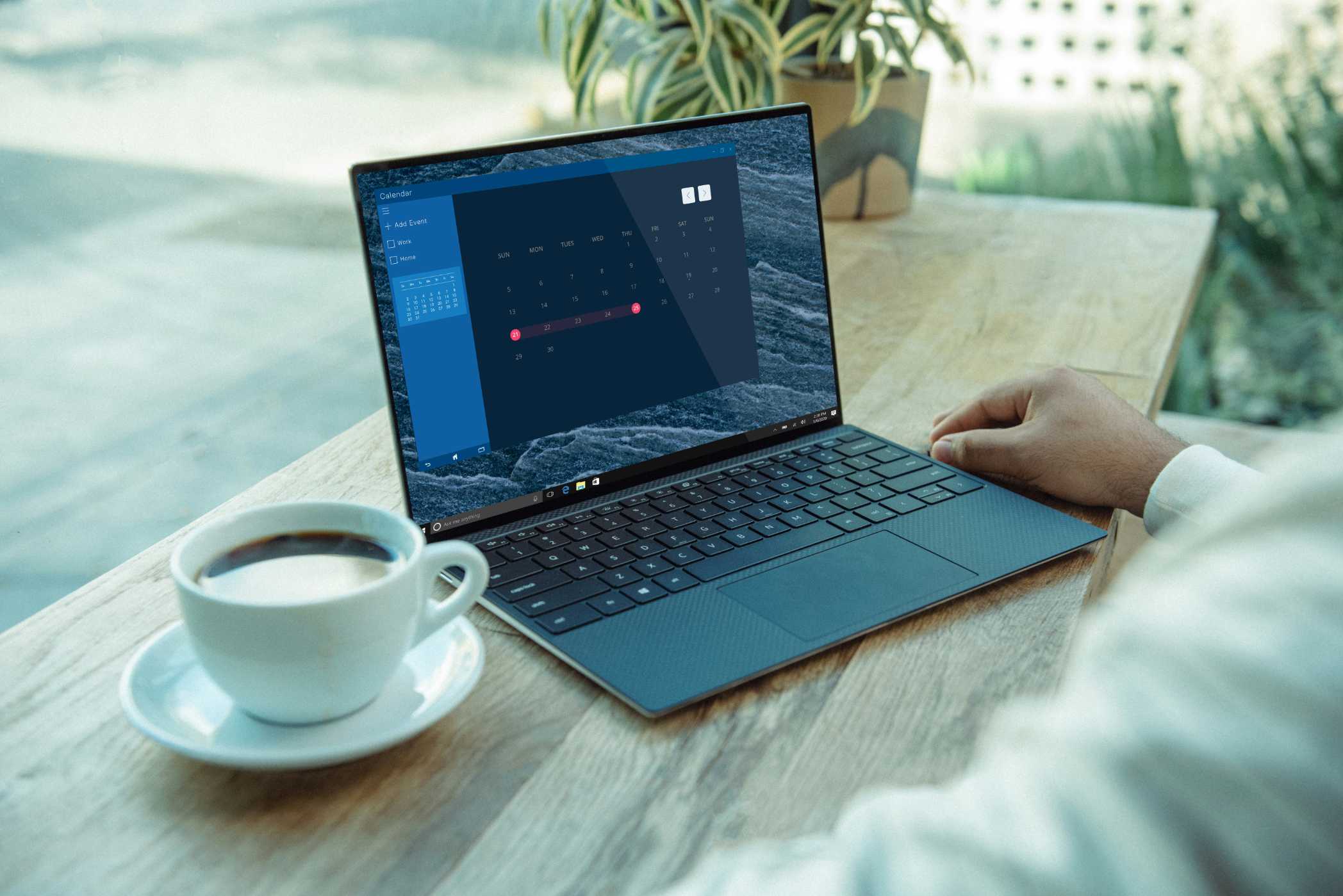A Deep Dive into Rollups: Ethereum's Scaling Solution
A comprehensive explanation of Layer 2 rollups, including the difference between Optimistic and ZK-Rollups, and their crucial role in the future of Ethereum scaling.

Introduction: The Blockchain Scalability Challenge
Ethereum, the world's leading smart contract platform, has a scalability problem. In its current form, the Ethereum mainnet can only process around 15-30 transactions per second (TPS). This limited throughput leads to high "gas" fees during periods of network congestion, making many applications economically unviable. For Ethereum to achieve its vision of becoming a global settlement layer for the decentralized internet, it needs to be able to scale to thousands of transactions per second.
This is where Layer 2 scaling solutions come in, and the most important and widely adopted of these are rollups. This article provides a deep dive into the world of rollups, explaining what they are, how they work, and why they are the cornerstone of Ethereum's scaling strategy. We will explore the two main types of rollups—Optimistic Rollups and Zero-Knowledge (ZK) Rollups—and break down the fundamental differences in their security models and trade-offs.
Understanding rollups is no longer optional for anyone serious about Web3. They are the engine that will power the next generation of decentralized applications, from high-frequency DeFi trading to large-scale blockchain games. This guide will provide a clear, accessible explanation of this crucial technology and its role in shaping the future of Ethereum and the broader Web3 ecosystem.
What is a Rollup? The Core Idea
The core idea behind a rollup is simple: move computation off-chain, but keep data on-chain. A rollup is a Layer 2 blockchain that works in parallel with the Ethereum mainnet (the Layer 1). It does the following:
- Executes Transactions Off-Chain: Users submit their transactions to the Layer 2 rollup, where they are executed quickly and cheaply in a separate, high-performance environment.
- Bundles Transactions: The rollup's operator, often called a "sequencer," bundles hundreds or thousands of these L2 transactions into a single batch.
- Posts Data On-Chain: The sequencer then posts a compressed version of this transaction data back to the Ethereum mainnet. This is a critical step. By posting the data on-chain, the rollup ensures that its state can be independently verified and that it inherits the security and data availability of Ethereum. Anyone can look at the data posted on the L1 and reconstruct the state of the L2.
This model allows rollups to achieve massive scalability gains. By moving the expensive work of transaction execution off-chain, they can offer transaction fees that are 10-100x cheaper than the Ethereum mainnet, while still being secured by it.
The key question then becomes: how does the Layer 1 know that the transactions executed on the Layer 2 are valid? This is where the two types of rollups diverge.
Optimistic Rollups: Innocent Until Proven Guilty
Optimistic Rollups, such as Arbitrum and Optimism, operate on a principle of "innocent until proven guilty."
How they work:
- The rollup's sequencer posts a batch of transaction data to the L1 and asserts that the resulting state change is correct, without providing any immediate proof.
- This starts a "challenge period," which typically lasts for seven days.
- During this challenge period, anyone (a "verifier") can look at the transaction data on the L1 and re-execute the transactions to check for fraud.
- If a verifier finds a discrepancy, they can submit a "fraud proof" to the L1. The L1 will then execute the disputed transaction itself to determine who is telling the truth. If fraud is proven, the fraudulent batch is reverted, and the sequencer is punished (by having their staked collateral slashed).
- If no successful challenge is made during the 7-day window, the transaction batch is considered final.
Trade-offs:
- Pros: Optimistic Rollups are generally EVM-compatible, meaning that existing Ethereum dApps can be deployed on them with minimal changes. The technology is also more mature and less complex than ZK-Rollups.
- Cons: The main drawback is the long withdrawal period. Because of the 7-day challenge window, users must wait a week to withdraw their funds from the L2 back to the L1. (Though third-party "liquidity bridges" can offer faster, but less secure, withdrawals for a fee).
ZK-Rollups: Guilty Until Proven Innocent
Zero-Knowledge (ZK) Rollups, such as zkSync, StarkNet, and Polygon zkEVM, operate on a principle of "guilty until proven innocent." They proactively prove that every transaction is valid.
How they work:
- After executing a batch of transactions, the ZK-Rollup's sequencer (often called a "prover") uses a complex cryptographic technique to generate a "validity proof" (a ZK-SNARK or ZK-STARK).
- This validity proof is a small piece of data that mathematically proves that the entire batch of transactions was executed correctly, without revealing any of the transaction details themselves (hence "zero-knowledge").
- The sequencer then posts the transaction data along with this validity proof to the L1.
- A smart contract on the L1 verifies the validity proof. This verification is very fast and cheap. If the proof is valid, the transaction batch is instantly confirmed.
Trade-offs:
- Pros: The main advantage is speed. Because validity is proven upfront, there is no need for a long challenge period. Withdrawals from a ZK-Rollup to the L1 are nearly instant (typically a matter of minutes). This provides a much better user experience.
- Cons: The technology is incredibly complex and is at the cutting edge of cryptography. Generating the validity proofs is computationally intensive for the prover. Achieving full EVM-compatibility with ZK-Rollups (a "zkEVM") is a major technical challenge, though significant progress has been made.
The Future of Ethereum is Rollup-Centric
The Ethereum community has made a clear bet: the future of Ethereum scaling is a "rollup-centric roadmap." The core development of the Ethereum protocol itself is now focused on making the mainnet a better settlement and data availability layer for rollups.
Recent and upcoming Ethereum upgrades are all designed to support this vision:
- The Merge (Proof-of-Stake): While not a direct scaling solution, the move to Proof-of-Stake laid the groundwork for future scaling upgrades.
- EIP-4844 (Proto-Danksharding): This was a major upgrade that introduced a new transaction type specifically for rollup data. It created a separate "data blob" marketplace, dramatically reducing the cost for rollups to post their data to the L1. This has already led to a significant reduction in fees on L2s like Arbitrum and Optimism.
- Danksharding: The full implementation of Danksharding in the future will further expand this dedicated data space, providing the massive scalability needed to support thousands of rollups and millions of transactions per second.
Conclusion: The Engine of Web3 Adoption
Rollups are the most important scaling technology in the Web3 ecosystem today. They solve the blockchain trilemma by providing a way to dramatically increase transaction throughput and reduce costs, while still inheriting the powerful security and decentralization of the Ethereum mainnet.
The debate between Optimistic and ZK-Rollups is ongoing, and it is likely that both will coexist, each serving different use cases and offering different trade-offs. Optimistic Rollups have the advantage of maturity and EVM-compatibility, while ZK-Rollups offer a superior user experience with fast withdrawals.
As this technology matures and the cost of using L2s continues to fall, we will see a new wave of decentralized applications that were previously impossible. High-frequency trading, large-scale blockchain games, and decentralized social media will all become viable on the secure and scalable foundation that rollups provide. For developers and users alike, the future of Ethereum is on Layer 2.


